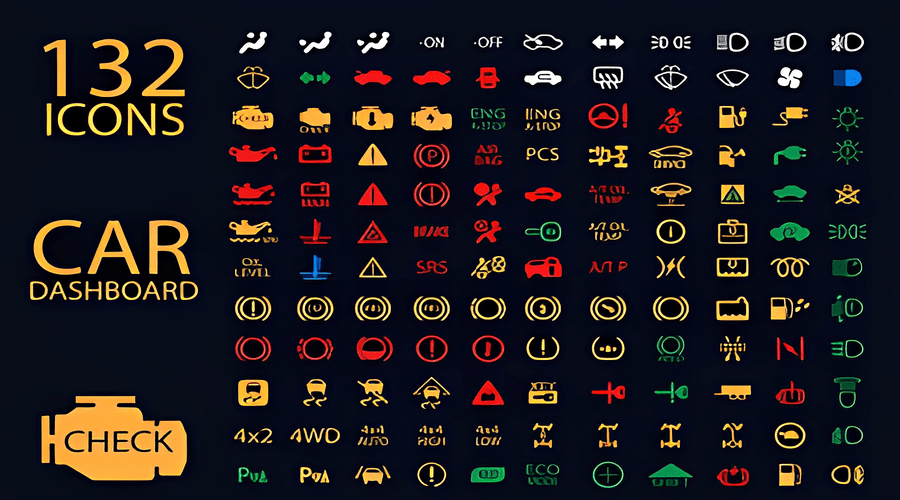Modern vehicles are equipped with a myriad of dashboard warning lights designed to inform drivers about the vehicle’s current status and potential issues. Understanding what each warning light signifies is essential for maintaining vehicle health, ensuring safety, and avoiding costly repairs. If you’re looking to familiarize yourself with these indicators, you might find a-comprehensive-guide-to-your-dashboard-warning-lights quite helpful.
Why Are Dashboard Warning Lights Important?
Dashboard warning lights serve as the vehicle’s first line of communication with the driver. They alert you to problems ranging from basic maintenance needs to critical system failures. Ignoring these lights can lead to severe damage or unsafe driving conditions. Thus, learning the significance of each warning light can empower you to respond appropriately and promptly.
Common Dashboard Warning Lights and Their Meanings
1. Check Engine Light
This is one of the most recognized warning lights. It indicates a problem with the engine or emissions system. It could be a minor issue like a loose gas cap or something more serious like engine misfire. If it stays on, consult a mechanic as soon as possible.
2. Battery Charge Warning
Illuminated by a battery-shaped icon, this light warns of issues with the vehicle’s charging system. It could be caused by a faulty alternator, worn-out battery, or loose wiring.
3. Brake System Warning
This red warning light may indicate low brake fluid, worn brake pads, or a malfunction in the anti-lock braking system (ABS). Do not ignore this—having your brakes checked immediately is crucial.
4. Oil Pressure Warning
If the oil pressure light turns on, it could mean low oil levels or a problem with the oil pump. Continuing to drive without addressing this issue can cause severe engine damage.
5. Temperature Warning Light
This indicates that your engine is overheating. Stop the vehicle safely, check coolant levels, and seek help if necessary to prevent engine damage.
Best Practices for Addressing Warning Lights
When a warning light appears, the first step is to remain calm and review your vehicle’s manual for specific instructions related to that light. Some warnings may be temporary and not require immediate action, while others demand urgent attention.
If you are unsure about the severity of a warning light or how to address it, consult a professional mechanic. Regular vehicle maintenance and routine inspections can also greatly reduce the likelihood of warning lights illuminating unexpectedly.
Learn More with a-comprehensive-guide-to-your-dashboard-warning-lights
For a detailed understanding of all dashboard warning lights and tips on how to respond to each, visit Inrockry’s homepage. Their comprehensive resources are perfect for both new and seasoned drivers aiming to keep their vehicles in optimal condition.
Conclusion
Being informed about your dashboard warning lights is an essential aspect of vehicle ownership. Recognizing the signs early can save you money, extend the life of your vehicle, and most importantly, keep you safe on the road. Make sure to educate yourself regularly and consult professional mechanics when in doubt. Remember, knowledge is your best tool in maintaining vehicle reliability and safety.

